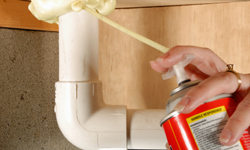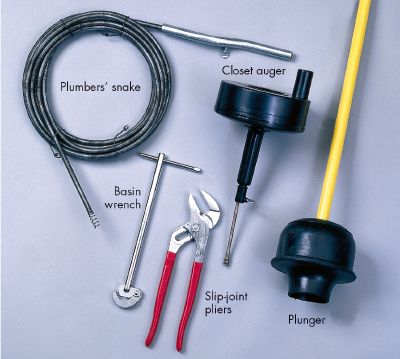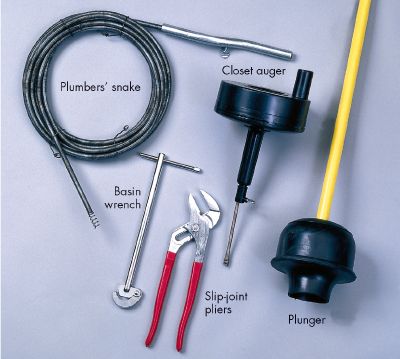Over time, grease and organic particles, such as food or hair, build up on the sides of a drain and cause a blockage. First try to clear the blockage yourself by wiping away debris by hand, pouring hot water down the drain, using a plunger, replacing the drain trap or using a sewer snake. If none of these work, then a powerful drain-cleaning product can effectively open up a clogged drain. You can use drain-cleaning products made from chemicals or enzymes, each with its own benefits and drawbacks.
Chemical drain cleaners melt the grease that blocks the drain by producing chemical reactions to generate heat. There are three types of chemical cleaners: caustic, oxidizing and acid. A caustic drain cleaner contains base substances, such as lye, that add electrons to the clogged substance; an oxidizing drain cleaner contains bleach, peroxides and nitrates that cause the clogged substance to lose electrons; and an acid drain cleaner contains sulfuric or hydrochloric acid that attracts electrons from the clog. The advantage of using chemical drain cleaners is that they’re powerful and effective almost immediately. However, the chemical fumes are toxic; they can burn your eyes, eat through clothing and damage drain traps. If you decide to use a chemical drain cleaner, make sure to ventilate the area well, keep the substance away from children and pets and wear rubber gloves.
Enzymatic drain cleaners are safer, more environmentally friendly alternatives to chemical drain cleaners. They contain bacteria or enzymes that feed on organic material, effectively unclogging the drain. However, enzymatic drain cleaners work more slowly, requiring hours instead of minutes to accomplish the task. Also, it’s harder to find these drain cleaners and they have a shorter shelf life [source: Sheridan].
Read the full article here














